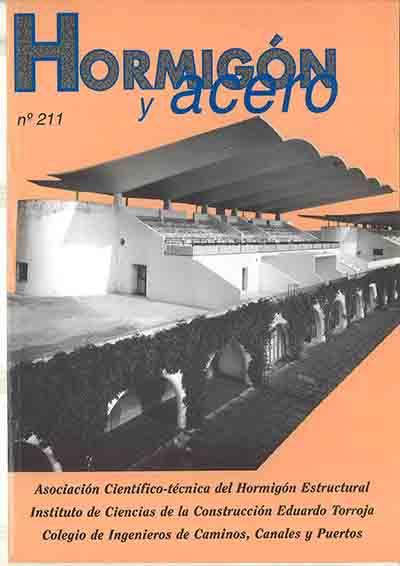Estudio de las solicitaciones de tráfico en puentes atirantados. Aplicación al dimensionamiento óptimo a fatiga de los tirantes
Resumen
Los puentes atirantados ocupan por derecho propio un lugar de privilegio en el campo de las grandes y medias luces. Su progresiva proliferación ha venido acompañada por un desarrollo tecnológico de los cables y anclajes muy elevado. La incertidumbre que existe actualmente acerca de la resistencia a la fatiga de estos elementos para distintos niveles del incremento de tensión junto al desconocimiento de las solicitaciones reales debidas al tráfico durante la vida útil de la estructura, han conducido a unos criterios de diseño de cables y anclajes que pueden estar excesivamente del lado de la seguridad, con la evidente penalización económica que este hecho ocasiona. En este marco, el presente artículo aborda el problema del diseño de los tirantes y anclajes, utilizando toda la potencia de los programas de simulación de cargas de tráfico existentes en la actualidad, con el objeto de mostrar una metodología de análisis y proporcionar criterios de diseño del área de los tirantes de retención de los puentes atirantados que, por un lado, nos dejen del lado de la seguridad y por otro, supongan una optimización técnica del comportamiento de los mismos ante la solicitación de fatiga debida a las acciones del tráfico de carretera. Los resultados obtenidos deben considerarse como preliminares teniendo en cuenta las simplificaciones efectuadas debido a los escasos datos disponibles sobre curvas S-N de tirantes y anclajes. La disponibilidad futura de una base de datos de ensayos más amplia permitirá la actualización de los resultados obtenidos

